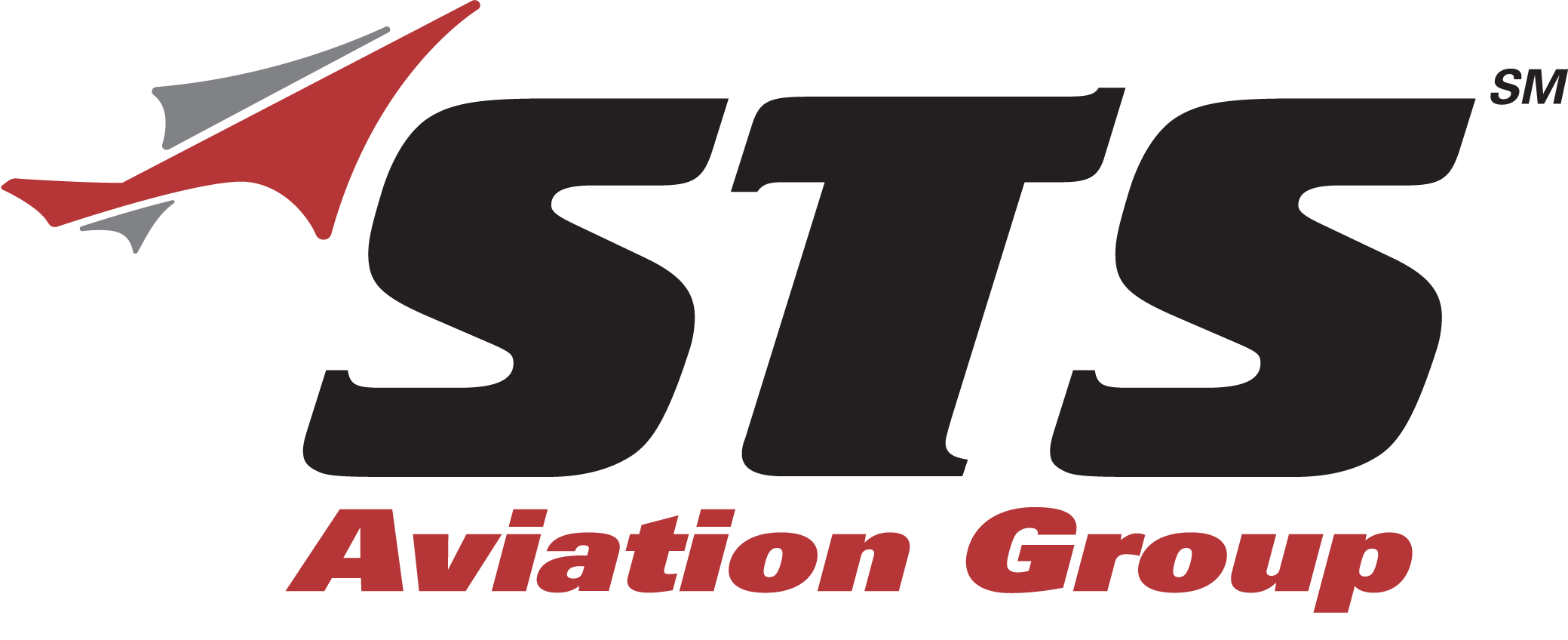Why Demand for CFM56 and V2500 Engines Remains High

As airlines navigate ongoing supply chain challenges and fluctuating market demands, one trend has remained consistent; the strong demand for serviceable CFM56 and V2500 engines. These legacy powerplants continue to play a critical role in global fleet operations, and their market value remains resilient despite the shift toward next-generation engines.
At STS Aviation Group, we continuously monitor industry trends to provide the best solutions for our clients. Here’s an in-depth look at why the demand for these engines remains elevated and what operators can expect in the years ahead.
Why CFM56 and V2500 Engines Are Still in High Demand
Despite the aviation industry’s push toward newer engine models, older CFM56 and V2500 engines remain essential for many operators. There are a few key reasons for this sustained demand:
1.) Supply Chain Bottlenecks & Extended Turnaround Times
Aircraft operators are facing prolonged maintenance turnaround times, primarily due to parts shortages and ongoing MRO backlogs. A recent report from Aviation Week indicates that while airlines remain optimistic about fleet growth, the supply-demand imbalance continues to push normalization further into the future.
Instead of waiting months for an engine overhaul, operators are increasingly turning to green time engines; serviceable engines with remaining life on critical components that can be used before requiring heavy maintenance. This keeps aircraft flying while shops struggle to keep pace with demand.
2.) Fleet Expansion & Delays in Next-Gen Engine Adoption
While new-generation engines like the Pratt & Whitney GTF and CFM LEAP are designed to offer greater efficiency, they are not yet widely available due to production limitations. According to Cirium Fleets Analyzer, over 66% of aircraft in service by 2034 will be powered by next-generation engines, but legacy engines will still represent a significant portion of the fleet.
For airlines needing immediate solutions, the CFM56-5B, CFM56-7B, and V2500-A5 remain cost-effective and readily available options. These engines power workhorse aircraft like the Airbus A320ceo and Boeing 737NG, which continue to form the backbone of short- and medium-haul routes.
3.) Strong Aftermarket Support & Parts Availability
The well-established aftermarket ecosystem for CFM56 and V2500 engines helps keep costs manageable for operators. Unlike newer engine models that require proprietary repair technologies, these legacy engines benefit from a robust independent MRO sector.
However, industry experts note that fluctuations in parts availability can impact valuations. If surplus parts flood the market, overall asset values can drop, making it a prime time for airlines to acquire spares and stockpile components.
What’s Next for Engine Leasing & Spare Engine Demand?
While older engines remain crucial for near-term operations, the long-term trend is shifting toward newer engine platforms. According to Alton Aviation Consultancy, new-generation engines will account for approximately 77% of all shop visits by 2034, signaling a major transformation in the maintenance landscape.
For airlines and lessors, this presents both challenges and opportunities:
- Short-Term Strategy: Leveraging green time engines to offset maintenance delays.
- Mid-Term Planning: Strategically acquiring serviceable engines while demand remains high.
- Long-Term Transition: Preparing for the shift toward next-gen platforms and securing early access to spare engines.
At STS Aviation Group, we specialize in providing end-to-end engine maintenance, repair, and storage. Whether you’re looking for high-quality MRO support or insights on optimizing your fleet strategy, our team is here to help.
While the aviation industry moves toward next-generation propulsion, CFM56 and V2500 engines continue to hold their value and remain essential for operators worldwide. Given ongoing supply chain constraints and strong aftermarket support, these engines will likely remain in high demand for years to come.
To learn more about how STS Aviation Group can support your engine maintenance and leasing needs, contact our team today.

